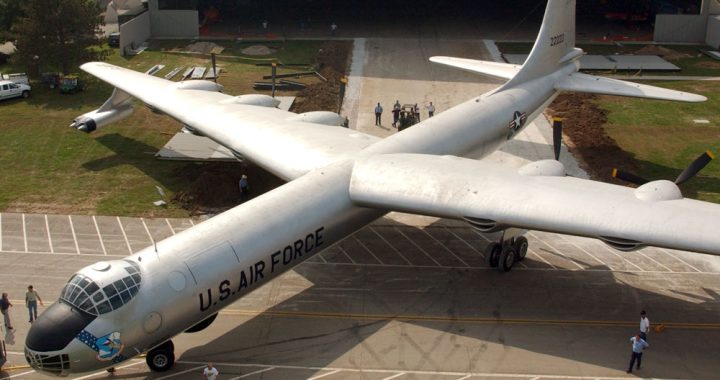CONVAIR B-36 Peacemaker: Strategic Bomber of USAF (United States Air Force)
Let us introduce our reader today with the CONVAIR B-36 Peacemaker which was the strategic bomber aircraft that was built by the company named CONVAIR to serve the USAF (United States Air Force) back in the late 1940s. The aircraft entered the service of USAF back in 1949 officially and saw it getting retired back … Continue reading CONVAIR B-36 Peacemaker: Strategic Bomber of USAF (United States Air Force)
